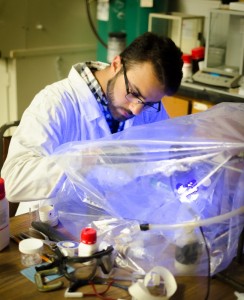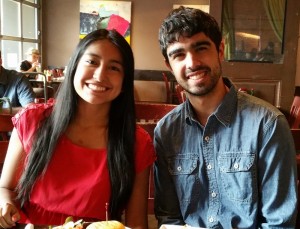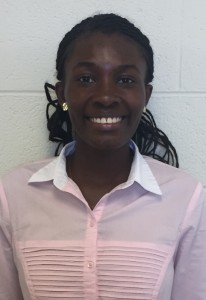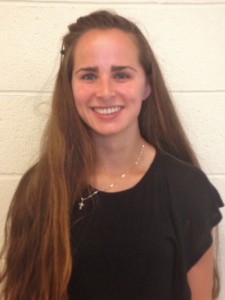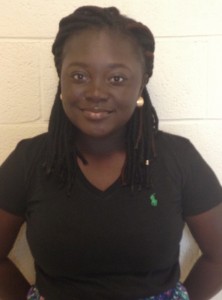Instructor: Jonathan Hufstader
Prerequisite: ENGL 1010 or 1011 or 2011
An overview of British literature in the nineteenth and twentieth centuries: the literary movements known as Romanticism, the Victorians (there is no such thing as Victorianism), followed in the twentieth century by the Modernists and then, for want of a better term, the Post-Modernists. We will read, in an Anthology, major works of poetry, prose (essays and short stories), and drama. The class will be conducted as a discussion. Two essays, a mid-term and final.
(CA 1)
